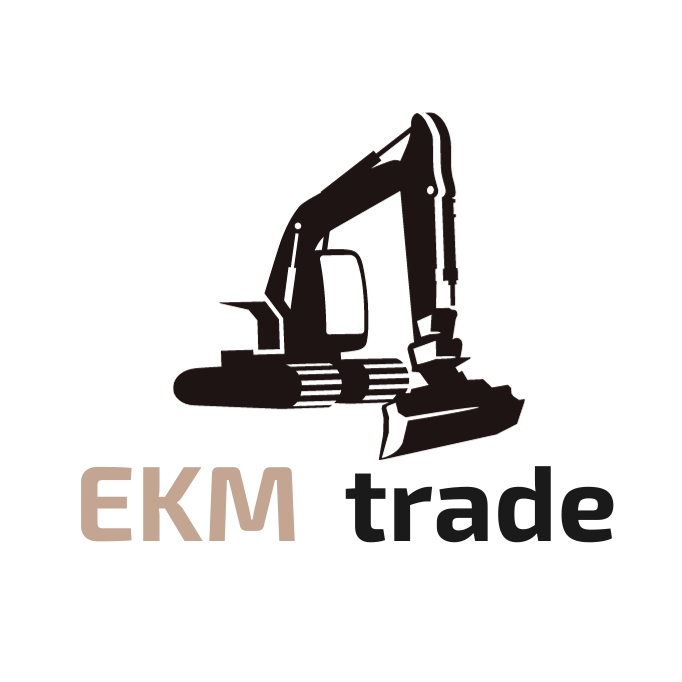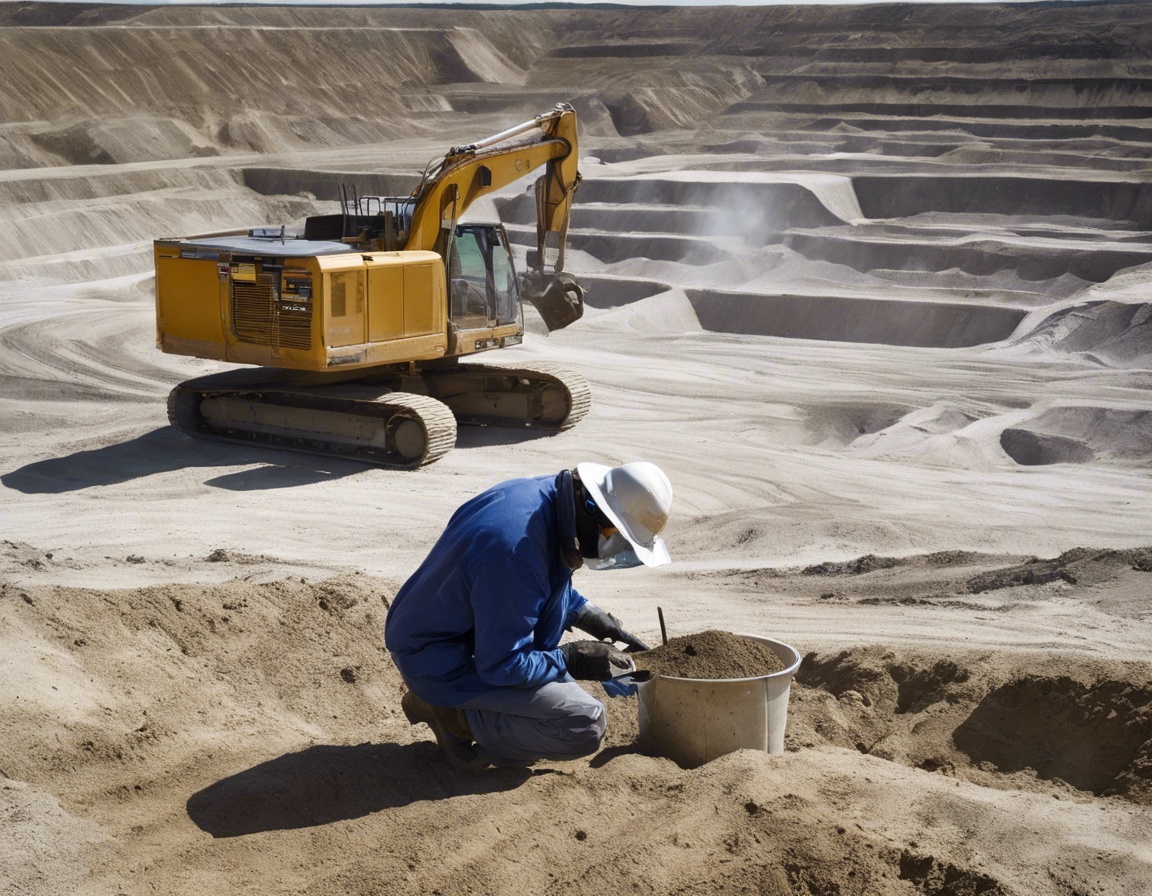5 innovative techniques in modern excavation
Excavation is a foundational aspect of construction and infrastructure development. As the industry evolves, so do the techniques that enhance efficiency, safety, and environmental sustainability. In this post, we'll explore five innovative excavation techniques that are changing the landscape of construction.
Technique #1: Hydro Excavation
Hydro excavation is a non-mechanical, non-destructive process that uses pressurized water and an industrial-strength vacuum to simultaneously excavate and evacuate soil. As a result, it allows for precise excavation, minimizing the risk of damaging underground utilities.
This technique offers numerous advantages, including reduced soil disruption, lower risk of utility damage, and enhanced worker safety. It's particularly useful in cold climates where the ground is frozen, as the water can be heated to cut through the ice with ease.
Technique #2: GPS and Machine Control
Global Positioning System (GPS) technology has been a game-changer in excavation. GPS units installed on excavation equipment can provide real-time data, allowing for precise digging and grading, which improves accuracy and reduces the need for rework.
Machine control systems integrate GPS data with onboard sensors to automate the excavation process. This results in increased efficiency, reduced operator fatigue, and a significant decrease in material waste.
Technique #3: Electric and Hybrid Machinery
Electric excavators offer a cleaner, quieter alternative to traditional diesel-powered machines. They produce zero emissions at the point of use, making them ideal for urban construction sites and indoor applications.
Hybrid excavators combine diesel engines with electric motors, reducing fuel consumption and emissions. They also provide a power boost when needed, ensuring performance is not compromised.
Technique #4: Trenchless Technology
Trenchless technology includes methods such as horizontal directional drilling (HDD) and microtunneling. These techniques allow for the installation of underground utilities without the need for extensive open trenching, preserving the surrounding landscape and reducing traffic disruption.
From installing water and sewer lines to telecommunications and gas networks, trenchless methods are versatile and less invasive. They are particularly beneficial in congested urban areas or environmentally sensitive locations.
Technique #5: Advanced Material Handling
Advancements in material handling systems, such as conveyor belts and automated loading tools, have streamlined the excavation process. These systems allow for the rapid movement of earth, reducing manual labor and enhancing site logistics.
By automating the material handling process, the risk of injury associated with manual labor is significantly reduced. Additionally, these systems can improve the overall efficiency of the excavation project by minimizing downtime and optimizing workflow.






Comments (0)